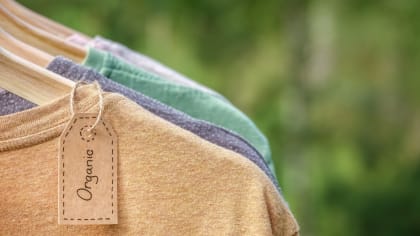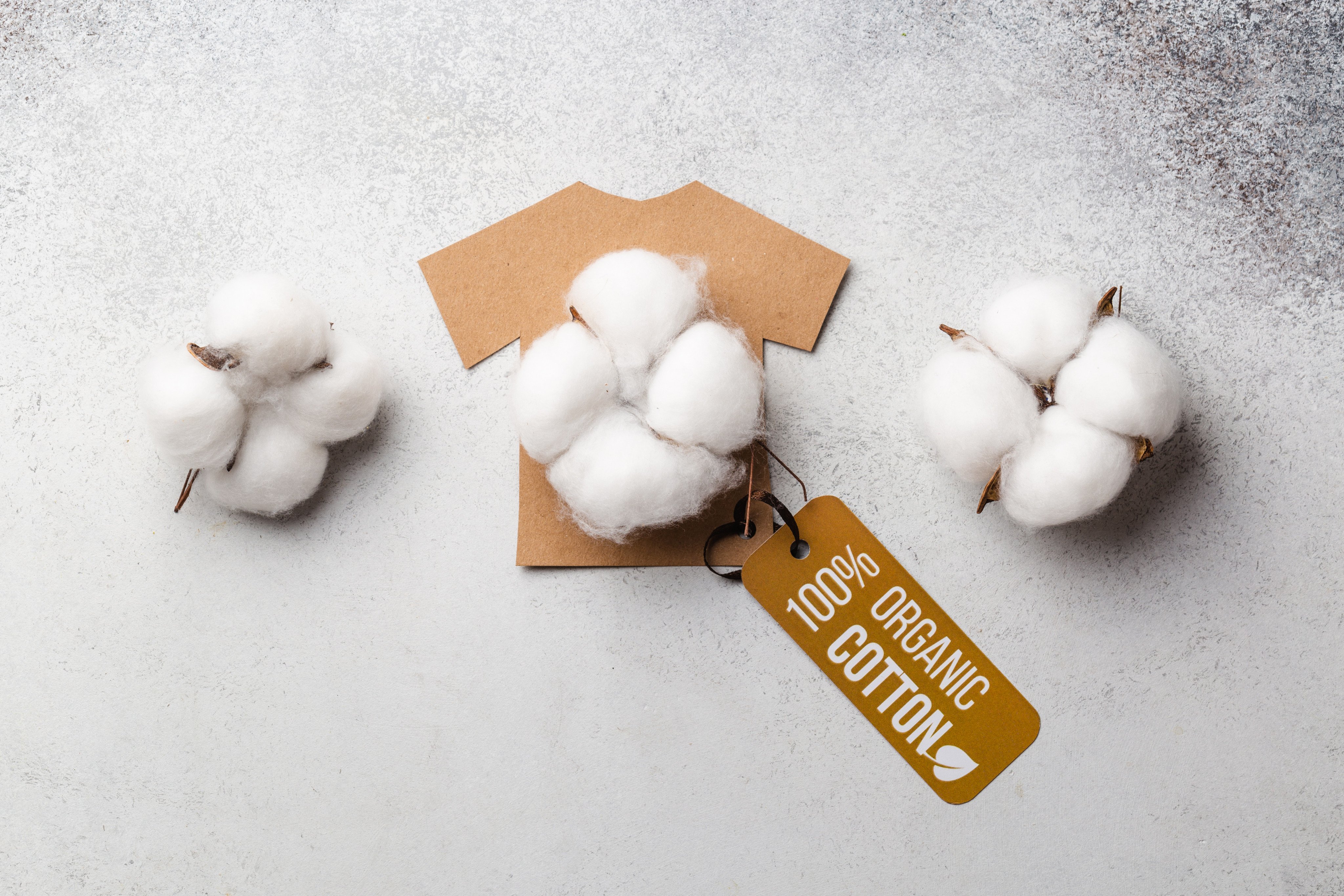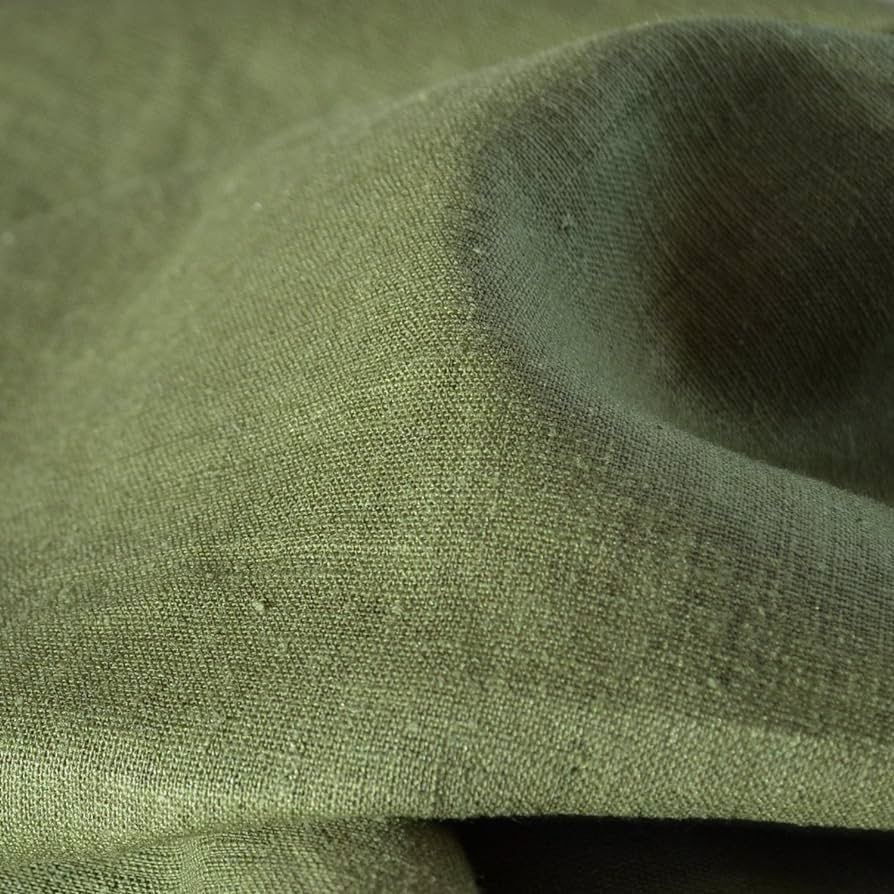When trying to read clothing labels these days, it’s easy to get buried in all the (potentially) sustainable fabrics.
And a lot of the innovations are in well strange and surprise. Fabrics made from apples and pineapples? What?
What’s more, there are different manufacturing processes, certification schemes and conflicting practices for almost each types will be presented here. With igreentex.com to find more:

What Are Eco-Friendly Fabrics?
You know the type of fabric used for those sustainable socks or t-shirt will determine how much environmental degradation it ends up causing—but what does “sustainable fabric” mean”?
What makes a fabric sustainable?
How do you know if fabric is sustainable really?
Well, first let’s touch on what makes an unsustainable clothing fabric.
Conventional fabrics used in fashion and home goods—i.e. cotton, viscose fabric, leather, among many others—have historically been developed with profit (not planet) in mind, entailing:
- Environmentally devastating sourcing of raw materials (unsustainable farming, deforestation and petroleum drilling)
- Chemically-intensively material processing (plasticizing, bleaching, softening, and dyeing)
- Poor end-of-life prospects (ways a garment can be disposed ) of leading to tremendous amounts of textile waste—to the tune of almost 15 million tons per year in the US alone.
So the sustainable fabrics definition from iGreen Tex is:
Textiles that significantly minimizes the impact of its conventional alternatives whether through organic and chemical-free farming, use of recycled materials, circular manufacturing processes and sustainable prospects for end-of-life disposal.
On the positive side, environmentally friendly fabrics are becoming easier and easier to find. Here’s our list of some of the most sustainable fabrics for clothing brands are using to stake their claim for a better fashion future.
Now that we’ve answered, “What is a sustainable fabric?”, let’s get into the nitty-gritty (or should we say, knitty-gritty?) of what fabrics are sustainable.
The Full List Of Sustainable Fabrics
Natural Sustainable Clothing Fabrics (Vegan)
- Organic Cotton
- Recycled Cotton
- Hemp
- Linen
- Bamboo Linen
- Cork
Recycled Synthetic Sustainable Clothing Fabrics (Vegan)
- ECONYL®
- Recycled polyester
- Deadstock
Sustainable Semi-Synthetic Clothing Fabrics (Mostly Vegan)
- Lyocell
- Modal
- Bamboo Lyocell
- ECOVERO™
- Piñatex
- Bananatex®
- SCOBY Leather
- S.Cafe®
- Brewed Protein
- Apple Leather
- Woocoa
- Cupro
- QMilk
Potentially-Sustainable Natural Animal Fabrics (Non-Vegan)
- Sheep Wool
- Merino Wool
- Alpaca Wool
- Cashmere
- Camel
- Yak Wool
- Vegetable Tanned Leather
- Down
- Silk
Natural Sustainable Fashion Fabrics (Vegan)
1. Organic Cotton
At the top of oursustainable fabrics listis organic cotton, one of the most natural fabrics out there.
Unlike conventional cotton production, organic cotton is grown without pesticides and synthetic fertilizers and processed with no chemicals—overall using 62% less energy and 88% less water.
There are several certifications used with sustainable and ethical cotton to tell us that the cotton was A) grown without any chemicals or machine harvesting; and B) processed without any chemicals leaving the final garment chemical-free.
Organic cotton that’s approved by the Global Organic Textile Standard (GOTS-certified for short) is most common.
Other pertinent certifications like fair trade ensure fair pay and safe conditions for farmers (though not being exposed to chemicals in the field is already a huge component in that regard).
You’ll find this sustainable fabric in textiles of all kinds, from clothing like organic cotton pajamas to homewares like organic comforters.
2. Recycled Cotton
What are the best sustainable fabrics?
Those made from natural AND recycled materials are a good choice.
Recycled cotton is produced using either post-industrial or post-consumer waste.
This means that your favorite sustainable underwear or sustainable blue jeans could be made from industry fabric scrap or other recycled cotton garments.
This not only means no demand for cotton farming but also means textile waste is diverted from landfills.
However, certifications and regulation is difficult because it’s hard to know where the recycled cotton comes from.
It also becomes difficult to know whether recycled cotton is pure cotton (and could thus be composted) because a garment can be recycled into recycled cotton even if it bears 4% or less synthetic fibers.
Looking for the bluesign® Approved or OEKO-TEX certification logos can reassure you of non-toxicity in cases of fibers of mysterious origin, especially given how chemically-intensive conventional cotton is.
3. Hemp
Hemp fabric is one of the most eco-friendly natural fabrics around.
It’s high-yielding, not water or chemical intensive and provides phytoremediation benefits to soil ( restores soil nutrients and cleans impurities like heavy metals and other toxins).
The main reason our hearts are racing for hemp clothing?
It’s considered a carbon negative raw material. It actuallyabsorbs CO2 from the atmosphere, more so than your average plant.
Because it has so many wearable benefits (like being naturally sun protective and antimicrobial) and is harder to grow, hemp tends to be slightly more expensive than other sustainable organic fabrics though we can expect to see more of them in the future.
For years, there was no mechanism by which you could certify organic hemp but that’s changed in recent years and now a number of certifying agencies under the arm of the US Department of Agriculture oversee this organic hemp farming process.
4. Linen
Linen is almost identical to hemp in terms of sustainability, as well as in their super light and breathable final fabrics.
The only difference?
Organic linen is derived from the flax plant, whose growth requires little to no fertilizer, pesticide, and irrigation inputs.
However, unlike hemp, organic linen isn’t as high-yielding and grows in more specific climates (Europe, mainly), which makes it a bit more of a luxury commodity.
But that doesn’t stop this centuries-old eco-friendly fabric becoming a favorite for everything from linen clothing to linen sheets.
To find more the NEXT PARTS in www.iGreentex.com



